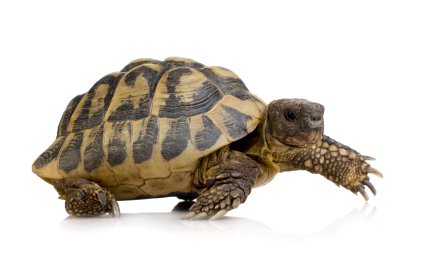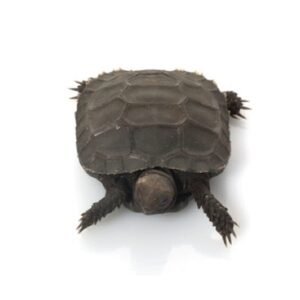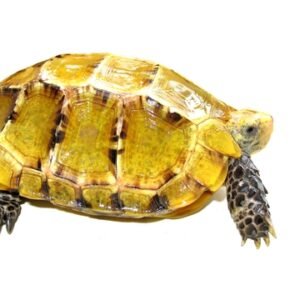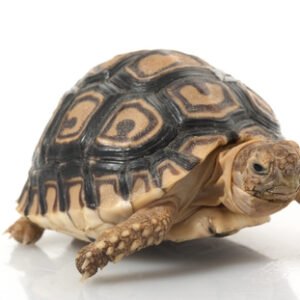Understanding Hermann’s Tortoise: Characteristics and Habitat
The Hermann’s Tortoise, scientifically known as Testudo hermanni, is a popular pet species distinguished by its distinct physical features and appealing behaviors. This tortoise exhibits a squat, domed shell that typically features a yellow and black or brown pattern. Adult Hermann’s Tortoises generally measure between 20 to 25 centimeters in length and can live up to 50 years or more with proper care, making them a long-term commitment for potential owners.
Behaviorally, Hermann’s Tortoises are known for their gentle and relatively sedentary demeanor. While they are not particularly social animals, they exhibit curiosity and will engage with their environment, especially when foraging for food. As they age, these tortoises may develop specific routines, highlighting the importance of understanding their individual personalities to ensure their wellbeing.
The natural habitat of Hermann’s Tortoises predominantly includes the dry and temperate regions of Southern Europe and parts of the East Mediterranean, characterized by open, hilly landscapes. In the wild, they seek out areas with adequate basking spots, moisture-retaining vegetation, and shelter to protect themselves from predators. When caring for a Hermann’s Tortoise, replicating this environment within a captive setting is essential for fostering their health and wellbeing.
Owners should prioritize providing a spacious habitat that allows for exploration and natural behaviors. Temperature control is critical, as these tortoises require a warm area for basking alongside cooler zones for thermoregulation. Additionally, humidity levels should mimic their natural habitat, which typically includes areas receiving infrequent rainfall. Safety measures, such as secure enclosures that prevent access by predators, are paramount.
There are two main subspecies of Hermann’s Tortoise: the European and the East Mediterranean varieties. Each subspecies may have distinct environmental adaptations, requiring owners to tailor habitat conditions to meet their specific needs effectively.
Feeding and Health Care for Hermann’s Tortoise
Feeding Hermann’s tortoise involves a careful selection of foods that align with their natural dietary preferences. Predominantly herbivorous, these tortoises thrive on a diet rich in fibrous plant material. Offering a variety of grasses is essential, as they form the basis of their nutrition. Timothy hay and meadow hay, for example, are excellent sources of fiber and should be readily available. Additionally, you may include dark leafy greens, such as collard greens, dandelion greens, and kale, to diversify their diet while ensuring they receive essential vitamins and minerals.
Supplementation plays an important role in maintaining the health of your Hermann’s tortoise. Calcium and vitamin D3 supplements are crucial to prevent metabolic bone disease, a common concern among tortoise owners. Dusting their food with these supplements a few times per week can help ensure that the tortoise receives adequate nutrition. It’s important to avoid feeding them high-protein foods like fruit and commercial tortoise pellets regularly, as these can upset their digestive system.
Maintaining optimal health for Hermann’s tortoise goes beyond diet alone. Regular health checks should become part of their care regimen. Owners should observe their tortoises for signs of common health issues, such as shell deformities, respiratory problems, or lethargy. A healthy tortoise should have a firm shell, clear eyes, and be active during the day. If any unusual symptoms arise, it is imperative to seek veterinary care promptly.
Establishing a feeding schedule helps regulate their food intake and promotes routine. Adult Hermann’s tortoises can be fed every other day, while younger tortoises may benefit from daily feedings. Hydration is also vital; fresh water should always be available. By combining a balanced diet, routine health maintenance, and appropriate supplementing, you can enhance the health and longevity of your Hermann’s tortoise.





